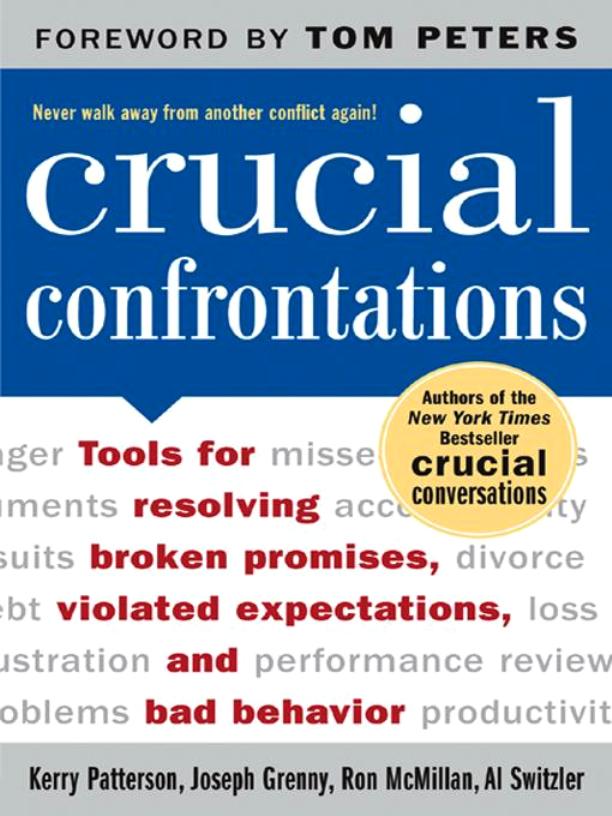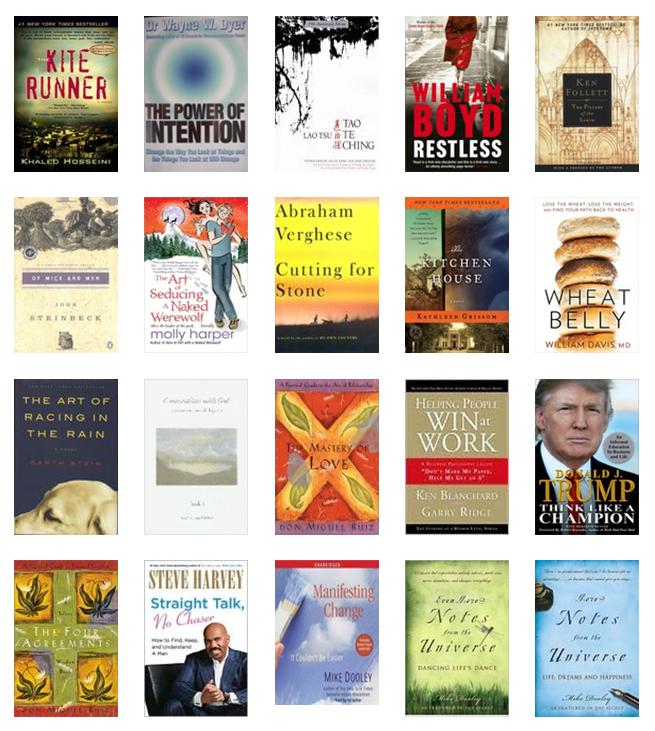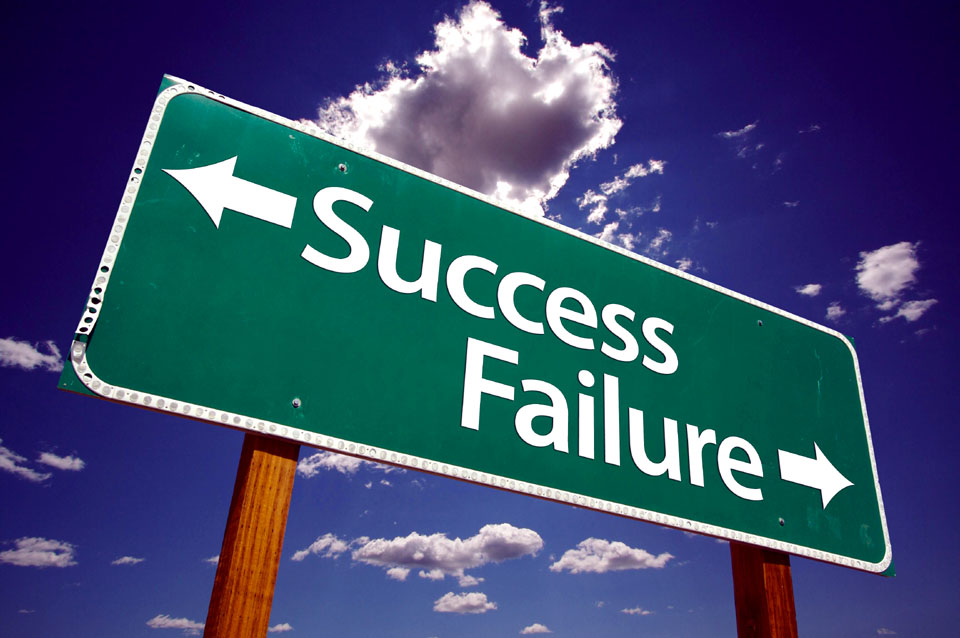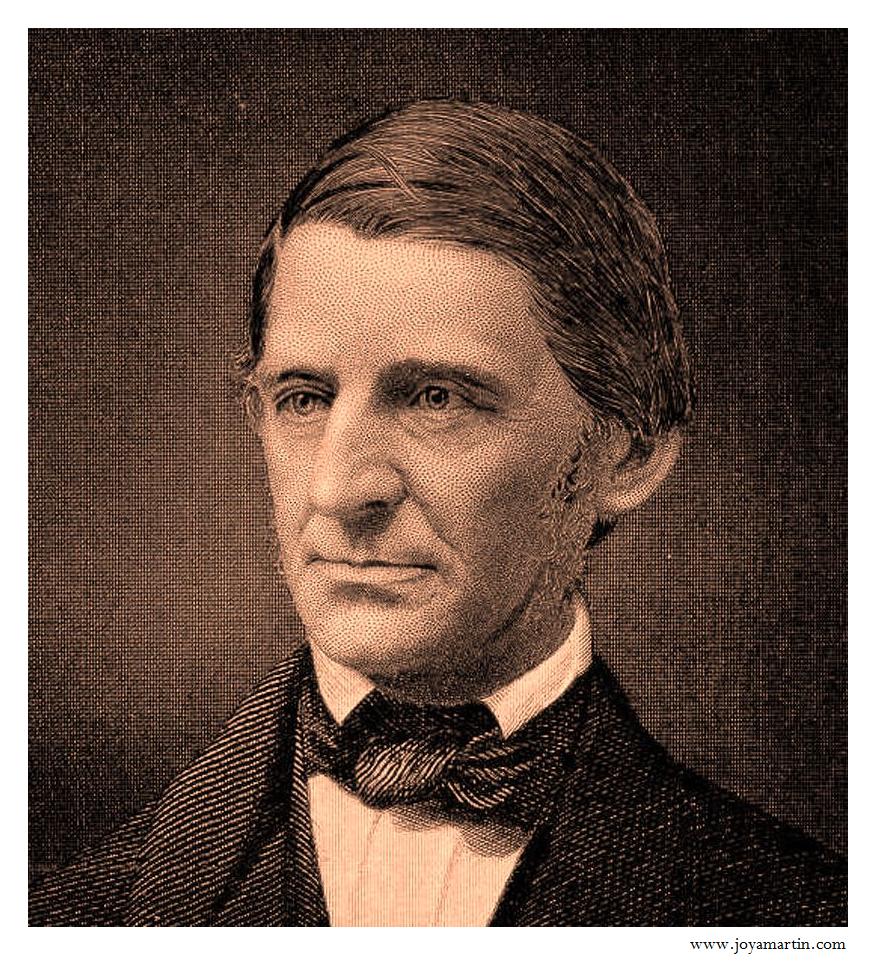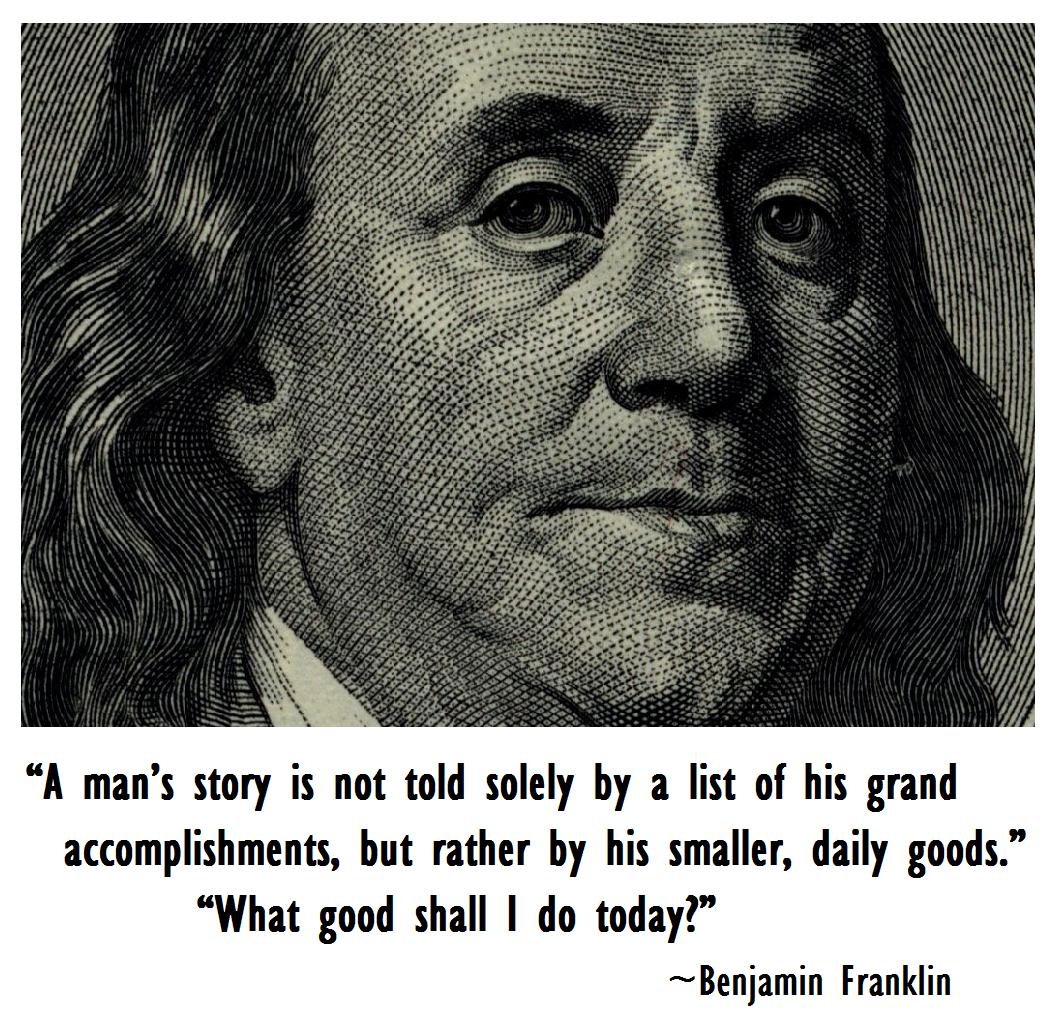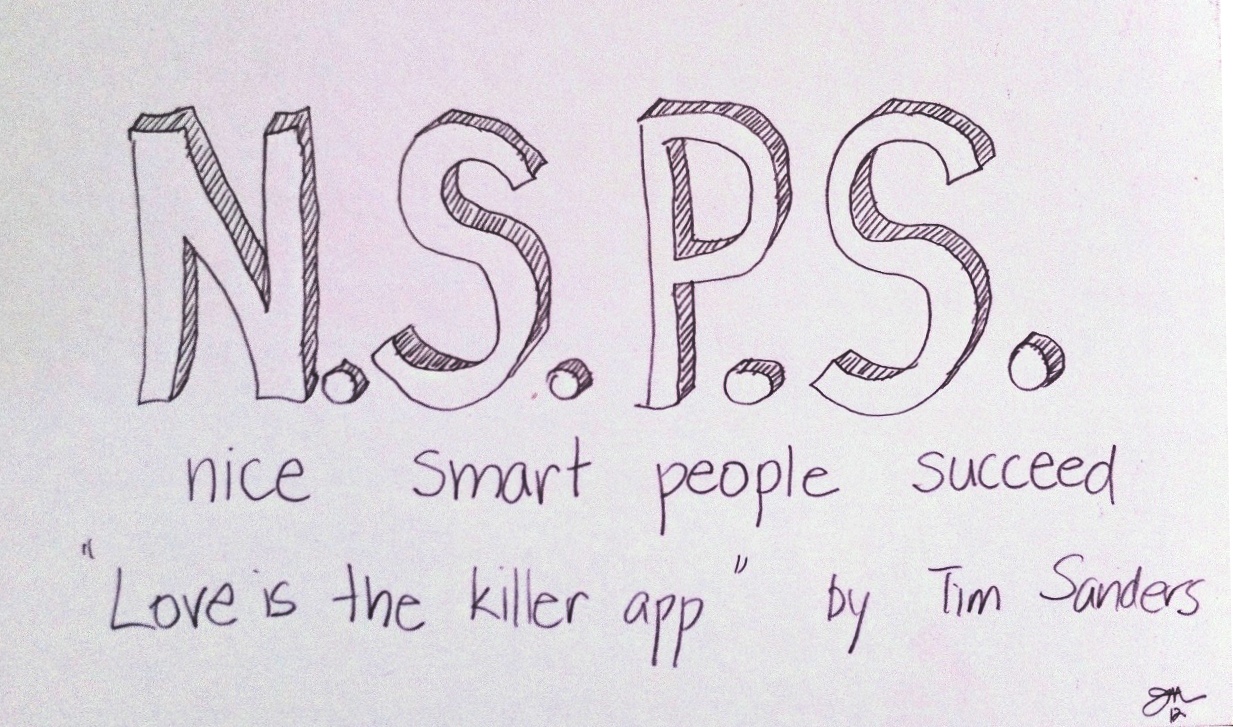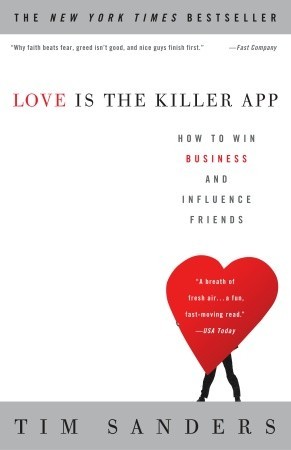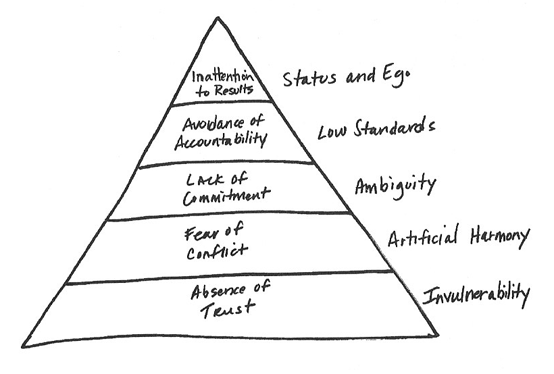“When you can measure what you are speaking about, and express it in numbers, you know something about it; but when you cannot measure it, when you cannot express it in numbers, your knowledge is of a meager and unsatisfactory kind…” William Thompson
As the leader of a relatively young organizational unit, I am always looking for innovative ways to measure and improve overall performance and achieve strategic goals. A few months ago, I stumbled upon the Balanced Scorecard approach.
The Balanced Scorecard Approach in a Nutshell
The Balanced Scorecard approach was developed around 1990 and a result of the extensive research of Robert Kaplan and David Norton. They developed a methodology of translating organizational strategy into a balanced framework which guides organizational energies toward achieving long-term goals. Kaplan and Norton’s framework transforms the company’s vision and strategy into a coherent set of performance measures and objectives. The system is designed to balance both short and long term desired outcomes, and hard financial measures against more intangible deliverables. In their book ‘The Balanced Scorecard: Translating Strategy into Action‘, they arrange performance measures into the following distinct perspectives:
- Financial perspective
- Customer perspective
- Internal business process perspective
- Learning and growth perspective
The idea of a balanced approach to developing performance strategies and achieving business goals resonates strongly with me. I am from a hard-numbers, public accounting background, and so making a profit is essential. On the other hand, I have a strong long-term vision for the company I serve. I want to make a difference in the lives of the people who use our products and services, and I want our organization not just to be a place to work, but a place that shapes the lives of its employees in a positive way.
Why Financial Measures Alone Don’t Work
More and more organizations are realizing that achieving profitability or even product and service quality is not enough to shore up the probability of long-term business success. In his book ‘Balanced Scorecard Step-by-Step: Maximizing Performance and Maintaining Results‘, Paul R. Niven gives five reasons why focusing on financial measures alone does not work:
- Overabundant use of financial measures is not consistent with today’s business realities. Since value resides in the ideas, relationships and cultures of people scattered throughout the firm, financial metrics alone will provide little value in identifying opportunities with customers or employees.
- Financial KPIs only measure past performance, but have no predictive power for the future. Scores of great companies with excellent financial metrics virtually vanished from glory without warning.
- Financial statements are prepared by functional area. This approach is inconsistent with an organization’s cross-functional nature; teams come together to deliver value that is impossible to track via financial measures alone.
- Financial measures often sacrifice long-term success. Downsizing, for example, may provide the required short-term goals required, but may also have a hugely destructive impact on morale and the firm’s overall long-term value and future prospects.
- Financial measures are irrelevant to day-to-day tasks of employees at many levels of the organization. The measurement of strategic performance be interpretable in a meaningful way at every level of the organization.
Balanced Scorecard for the Win
While most companies have mission statements and vision statements, these are often no more than well-worded inspirational statements, equally as grand and unused as the foyers they are displayed in. Employees don’t understand them, managers don’t implement them, resources are not invested in achieving them; they are, in essence, devoid of meaning and impact. Rare leaders, such as Steve Jobs, do a remarkable job of keeping their companies focused on the overarching vision. In stark contrast, many companies are led astray, distracted by the alluring siren-song of ‘profit maximization’ to the detriment of their identity and purpose, and ultimately their survival.
The Balanced Scorecard approach has gained an impressive following in its twenty year history; it is estimated that up to 60 percent of the Fortune 1000 has a Balanced Scorecard in place. Indeed, the greatest argument for the Balanced Scorecard approach is its ability to bring organizational strategy to life, by interweaving a company’s definitive vision and strategy so that it is felt, understood and executed at every level of the organization.


